This year, the drinks industry was in for a wild ride. From Parmesan-dusted Espresso Martinis and wine floods to boycotts and bourbon scams, weird moments and flashy trends crossed our radars with shocking regularity.
But if one thing was made entirely clear in 2023, it’s that beverage brands were willing to do almost anything to attract and captivate consumers this year. And while some of those attempts proved to be worthwhile, others were, well, not. With the new year just around the bend, there’s no better time to reflect on the trends that gripped the drinks world this past year: the good, the bad, and the ugly. Here are eight drinks trends we hope never see the light of day in 2024.
The TikTok-ification of Speakeasies
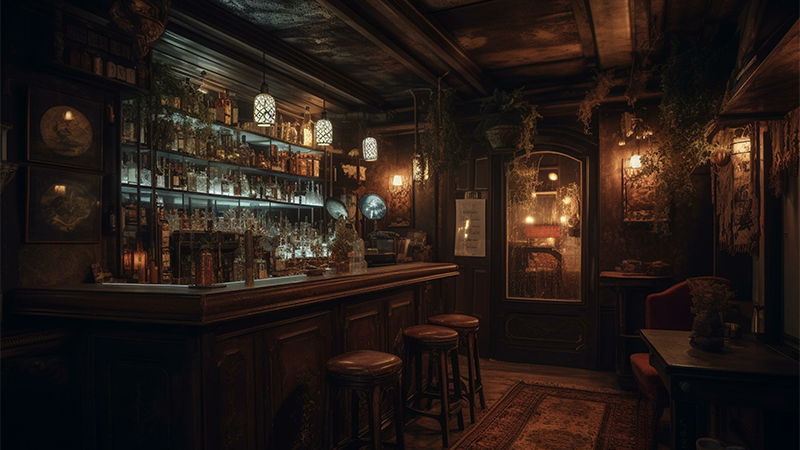
Speakeasies once served as boozy safe houses for illicit alcohol consumption. Yet somehow, 90 years after the repeal of Prohibition, there are more not-so-secret secret bars popping up than ever, and they’ve lost their appeal. If a bar’s address is listed on every map app and there are hours of TikTok footage with influencers showing off every nook and cranny of the space, it’s not a speakeasy. If the “secret” entrance of the operation is located in an already established bar, we’re not buying it. And if you’re opening one inside an airport lounge — inside an AmEx lounge, no less — it’s just downright lame. There’s nothing wrong with an off-the-beaten-path bar that takes creative cues from Prohibition, but let’s drop the gimmicks in 2024 and leave the real speakeasies out of it.
Don’t Miss A Drop
Get the latest in beer, wine, and cocktail culture sent straight to your inbox.
Sketchy Energy Drinks
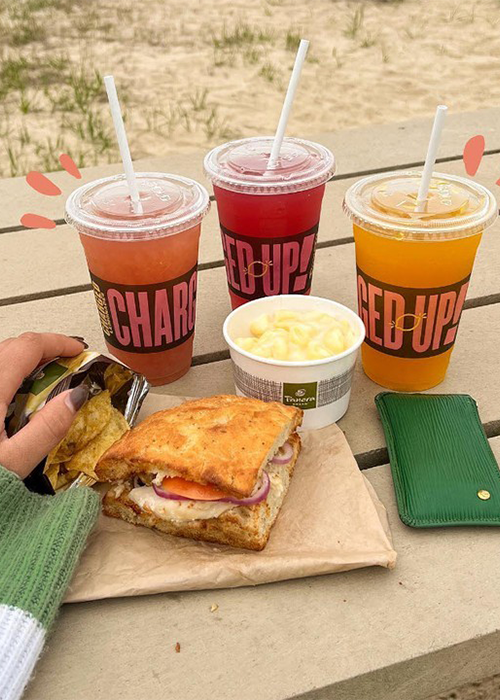
This year ignited an explosion of uber-caffeinated drinks: some successful, some accompanied by misogynistic advertising campaigns, and some that are proving to be flat-out dangerous. Panera Bread’s Charged Lemonade has been linked to two deaths since October. Though not marketed as an energy drink, the beverage contains a shocking 390 milligrams of caffeine per 30-ounce serving, which is equivalent to four cups of coffee. And in July, Sen. Chuck Schumer expressed concern over energy drink brand Prime, created by internet personality Jake Paul, due to its marketing toward children. Schumer’s comments prompted the Food and Drug Administration (FDA) to review the drink, though nothing has been released on its findings so far. Next year, we hope brands will further consider consumers’ health before cranking up the caffeine wherever and whenever they can.
Required Reservations at the Bar
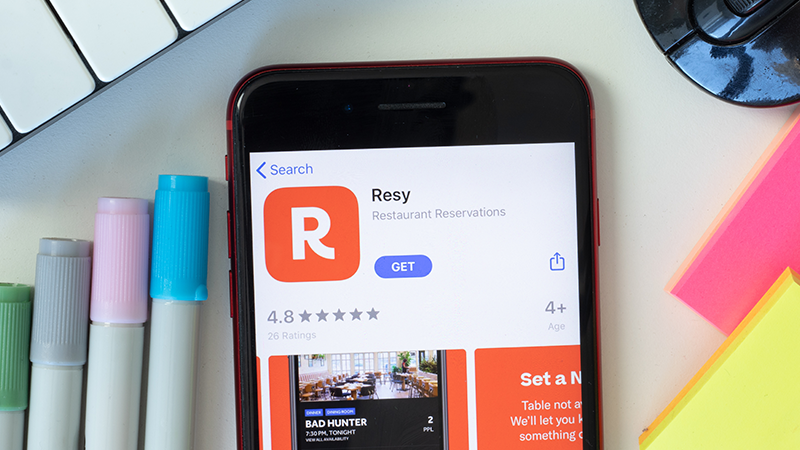
For years, reservations at restaurants have been reserved (pun intended) for the tables in the establishment. The bar, on the other hand, served as a safe haven for those unable to secure a coveted table to grab a quick bite and those waiting for their seated dinner to enjoy an aperitif. But in 2023, many establishments in major cities (especially New York) abandoned the first-come, first-served style of bar service and put all their stools behind the Resy wall — much to the chagrin of their guests. The restaurant bar should be a place of drop-in service that promotes a more casual drinking and dining experience, not one that further promotes exclusivity.
Non-Alc Nonsense-in-a-Can
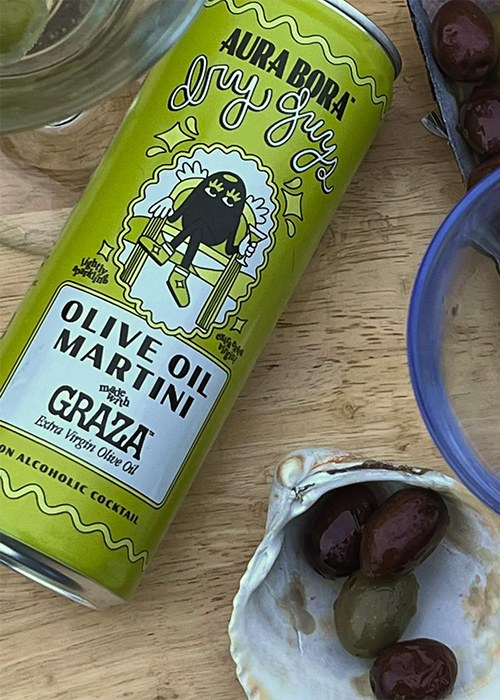
2023 was the year of bizarre beverages, and unfortunately, the NA sector was not spared from the misfortune. Were non-alcoholic Olive Oil Martinis really necessary? Probably not. Beyond these more clicky carbonated concoctions, we’re also currently living in the Wild West of wellness-geared beverages, with new offerings boasting lofty health claims waltzing through the saloon door with alarming regularity — most without FDA approval. We’re not saying adaptogens and nootropics are necessarily harmful, but any drink that claims to alter your mood should be sipped with a grain of salt.
High-Brow Imitations of Low-Brow Drinking Vessels
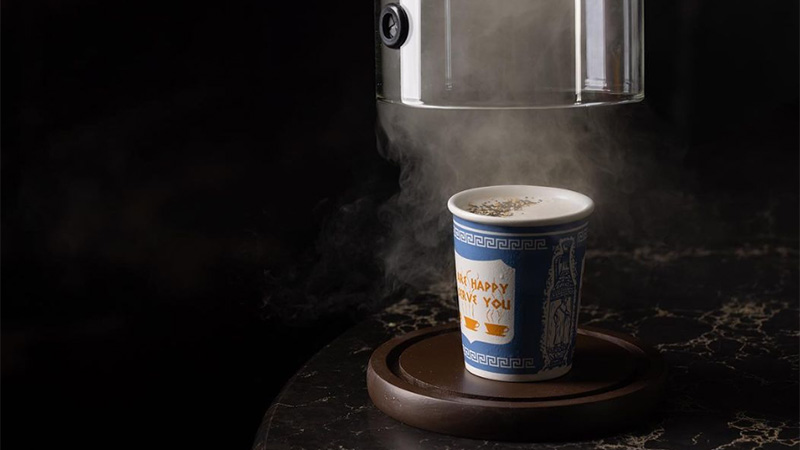
Those signature blue coffee cups have been a staple at New York bodegas for decades, and Capri Sun pouches bring many of us back to the playground when we see them. And when restaurants and bars adopted flimsy paper and plastic cups during early pandemic lockdowns, they were necessary for to-go cocktails. That’s why when upscale cocktail bars started serving drinks in fancy glassware made to look like these more playful cheaper containers, we understood the novelty. Heading into 2024, though, the trend feels passé — especially when you can likely find the real things a block or two over at a convenience store for a couple bucks.
The Misconception That Gen Z Doesn’t Drink
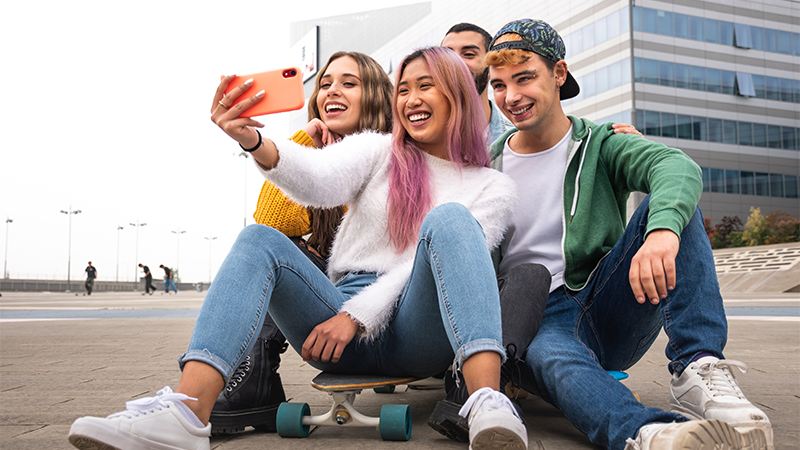
There is a lot — and we mean a lot — of conversation perpetuating the stereotype that members of Gen Z are teetotalers compared to prior generations. Some point to teenagers’ growing interest in wellness on social media, while others point to a myriad of studies purporting that Gen Z drinks less than millennials, who have been said to drink less than Gen X. But considering that most of Gen Z is not yet of drinking age, this data examining a sliver of this cohort is far from conclusive, and won’t be for several years. The consumption of alcohol in America has remained consistent for decades, and Gen Z created the BORG, for crying out loud.
Random Beverage Brands Jumping on the RTD Bandwagon
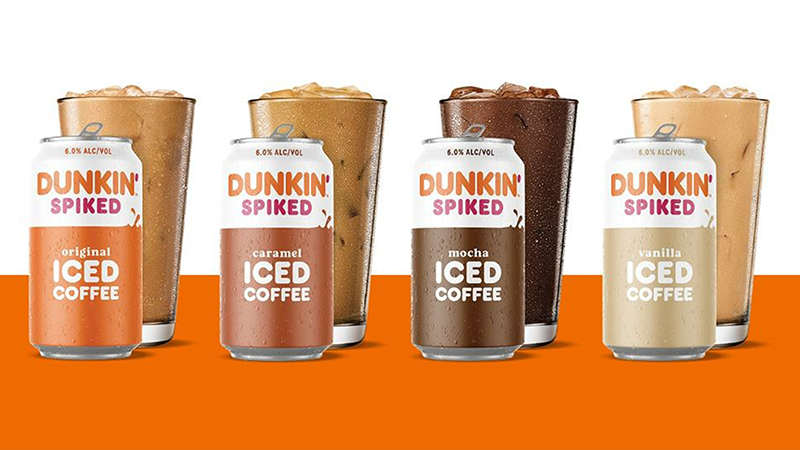
Nostalgia is a powerful marketing tool, but taking beloved childhood products and adding booze isn’t the most original (or ethical) way to go. SunnyD’s spiked Vodka Seltzer hit shelves in March to a slew of controversy, with many arguing that the product’s packaging — which is strikingly similar to that of its non-alcoholic juice meant for children — was irresponsible. This year also bore witness to Dunkin’ Spiked, a line of hard iced coffees and hard iced teas produced by Harpoon Brewery. While the drinks taste, well, fine, we think it’s about time brands stop asking if they can, and instead ask if they should.
A Barrage of Bartender Pop-Ups
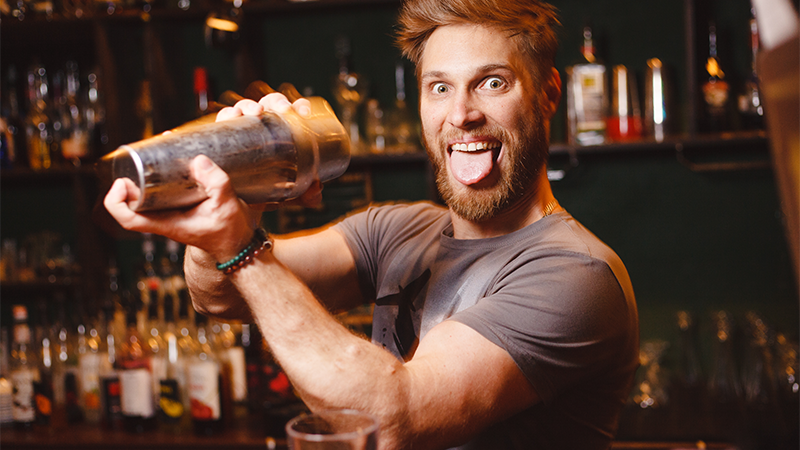
2023 was the year of the pop-up bar, with even World’s Best Bar contenders teaming up for “one night only” events away from home. But with a new experience popping up seemingly each night, the charm of a limited-time collab gets old fast. If drinkers’ social feeds are flooded with ticketed open bars, it’s unsurprising their excitement for them may wane. The other industry benefits of operating a pop-up, including networking opportunities, brand growth, and promotion, can also be lost when the pop-up only lasts for a single service. At that point, who are these events really for?


